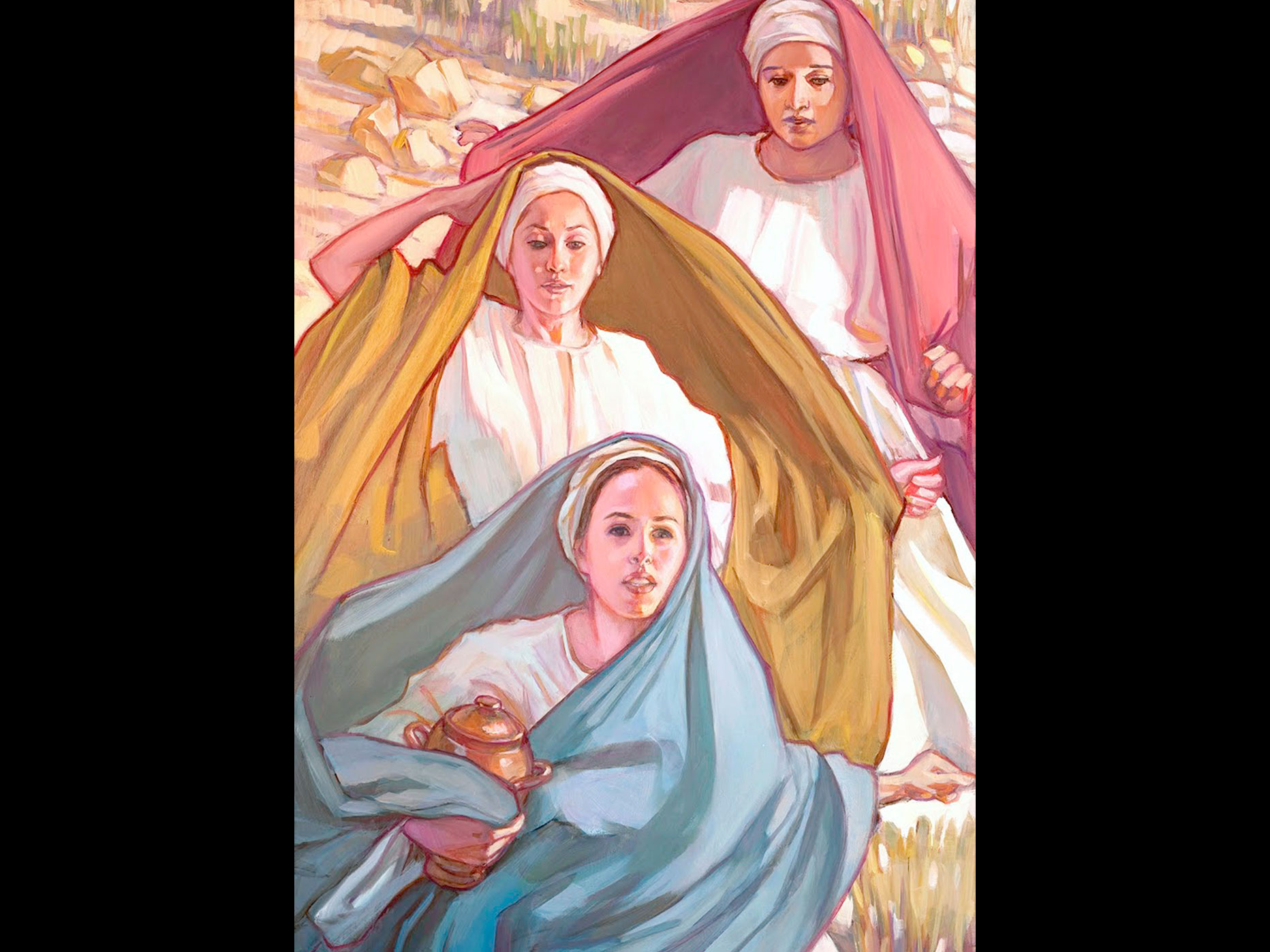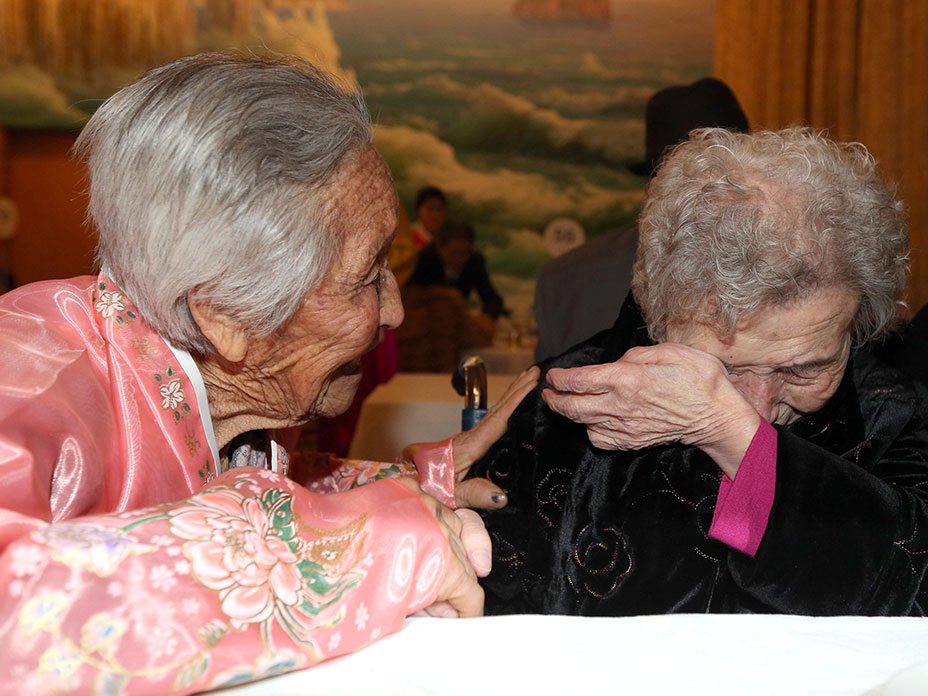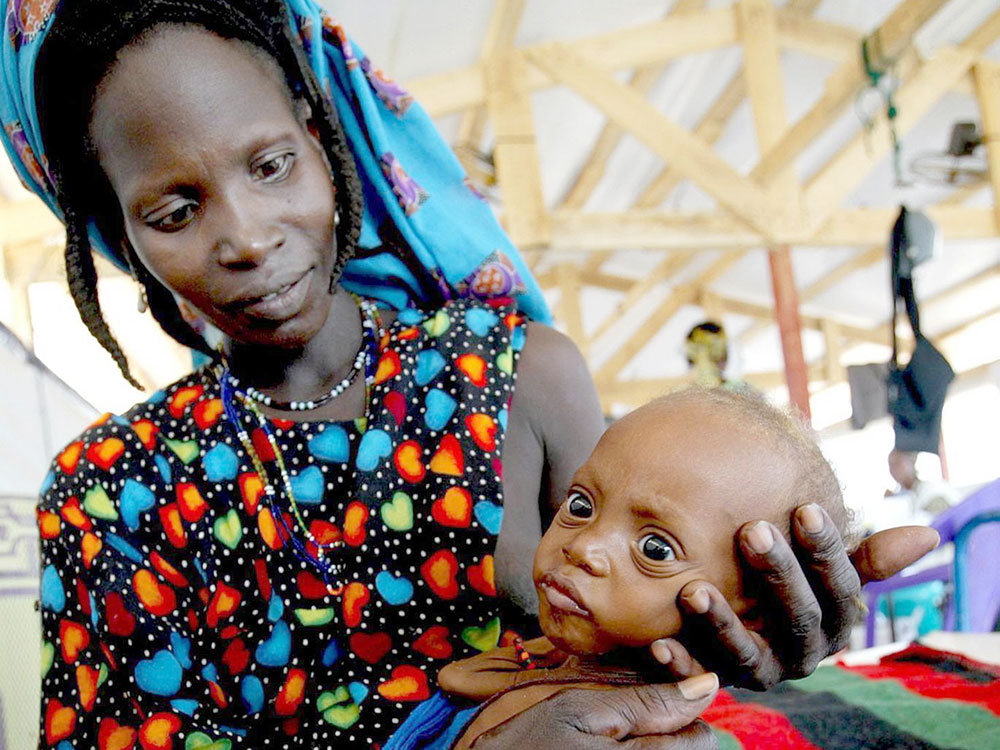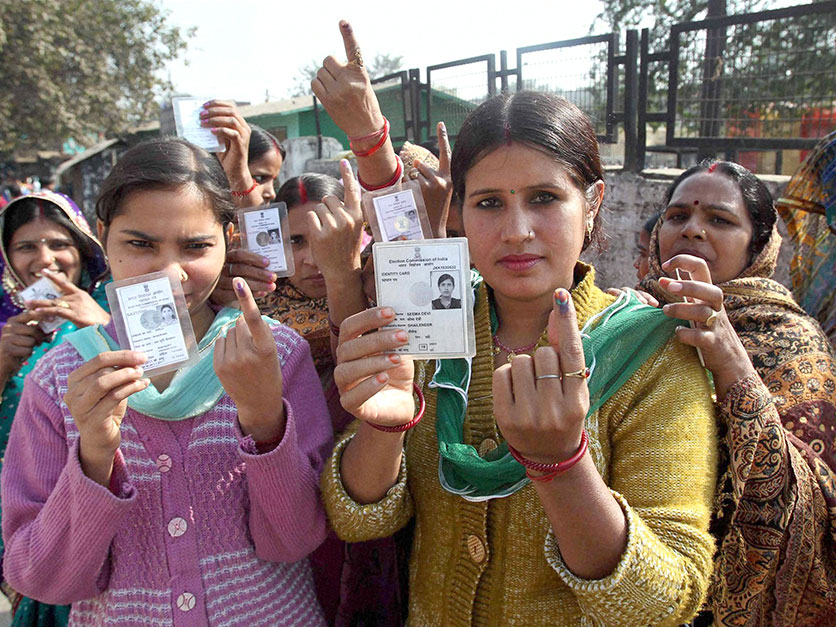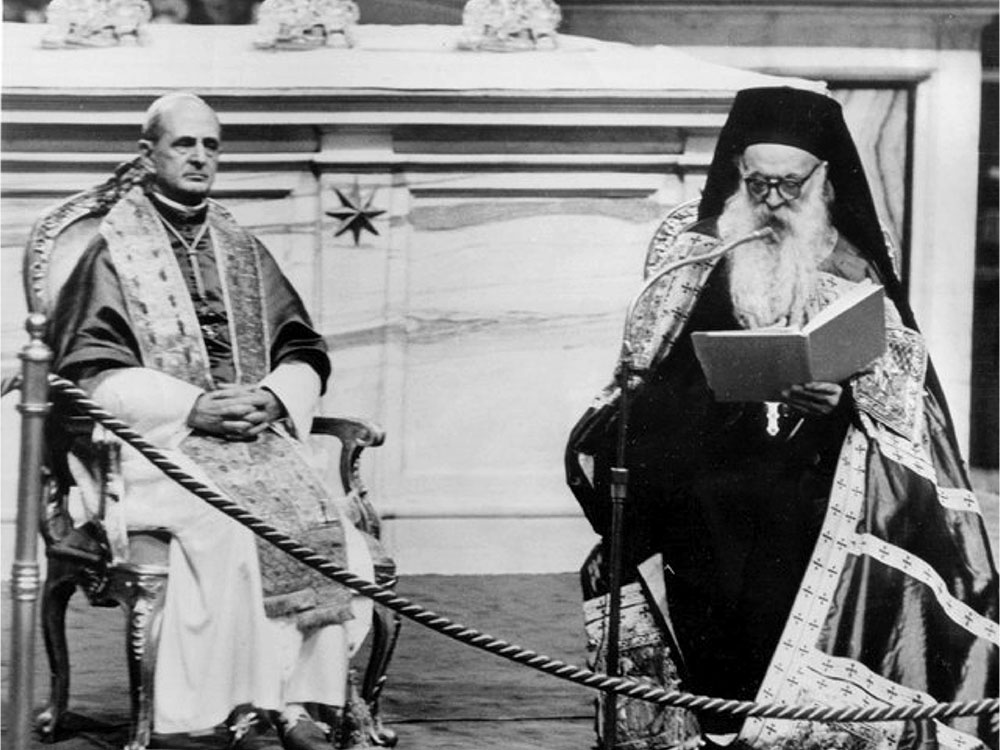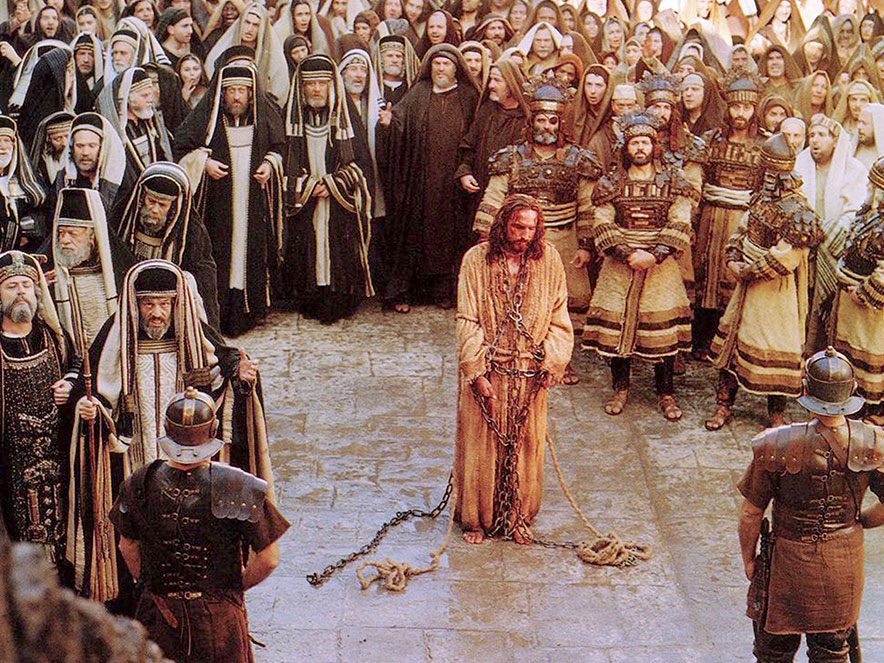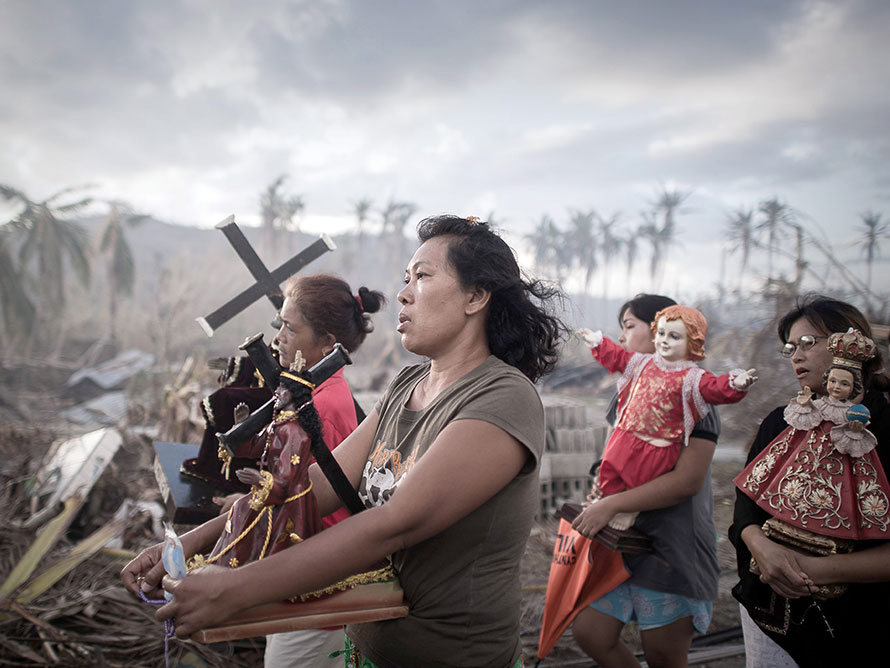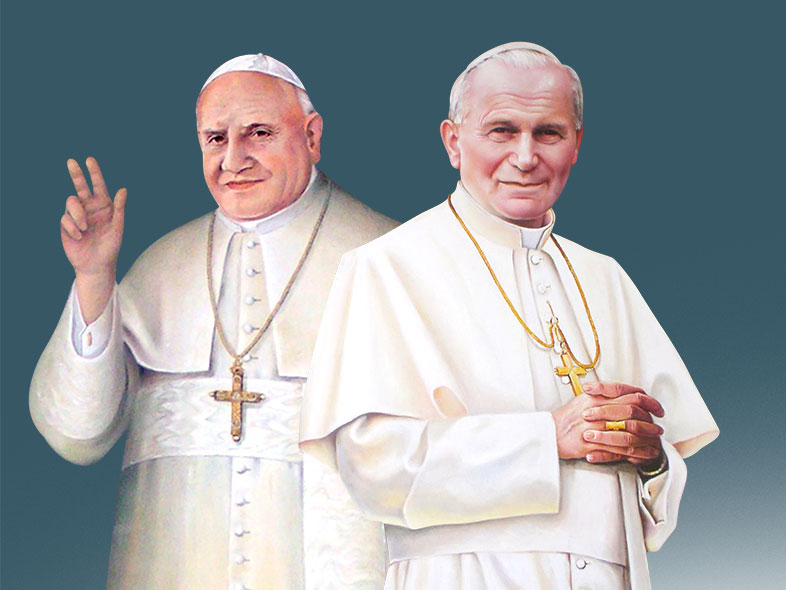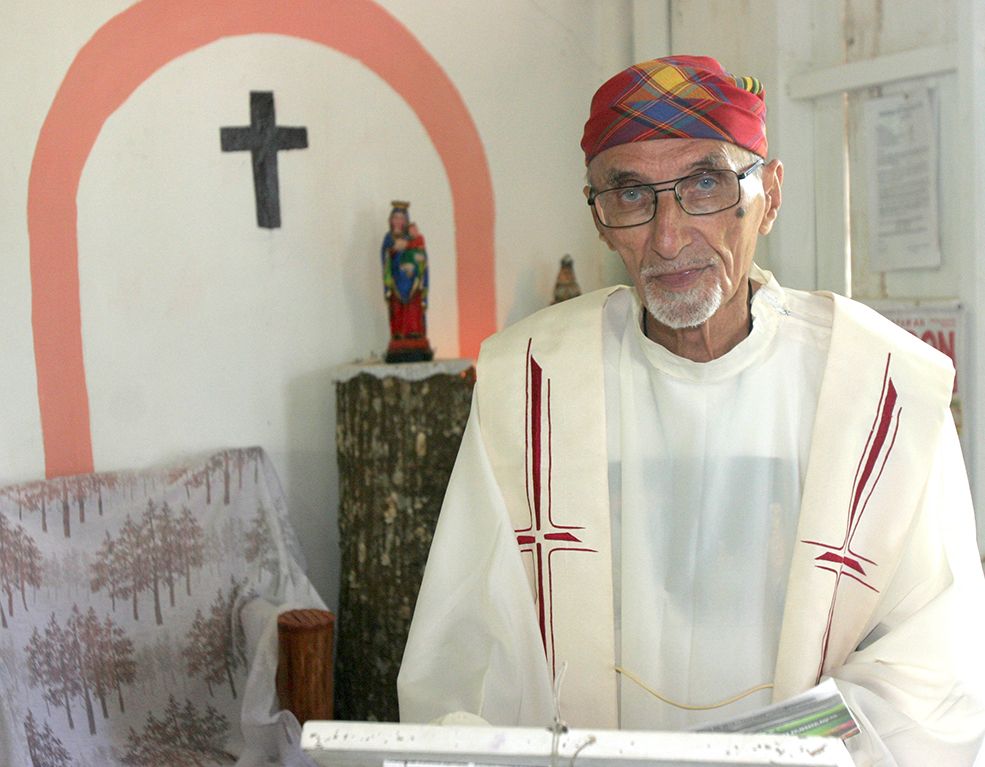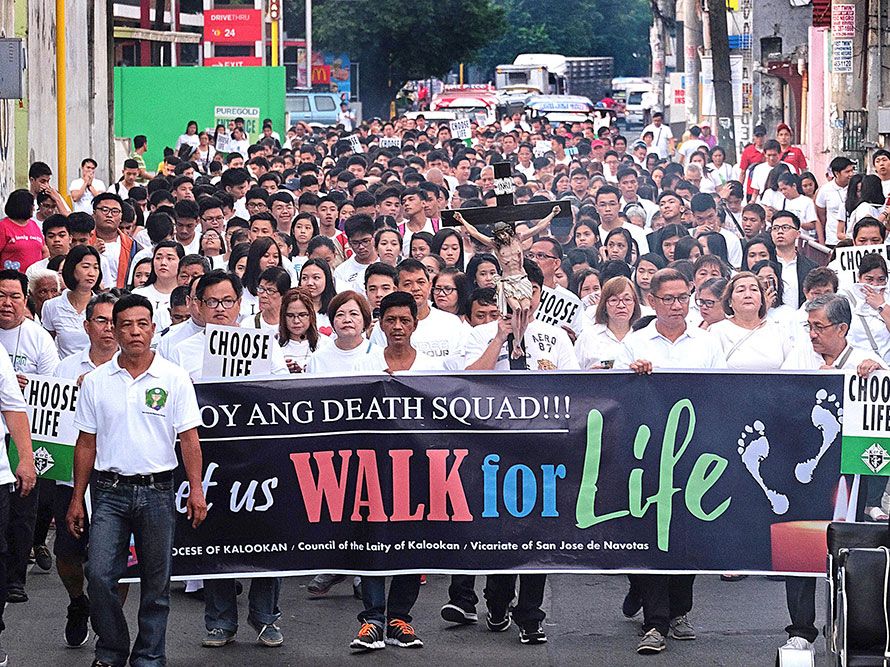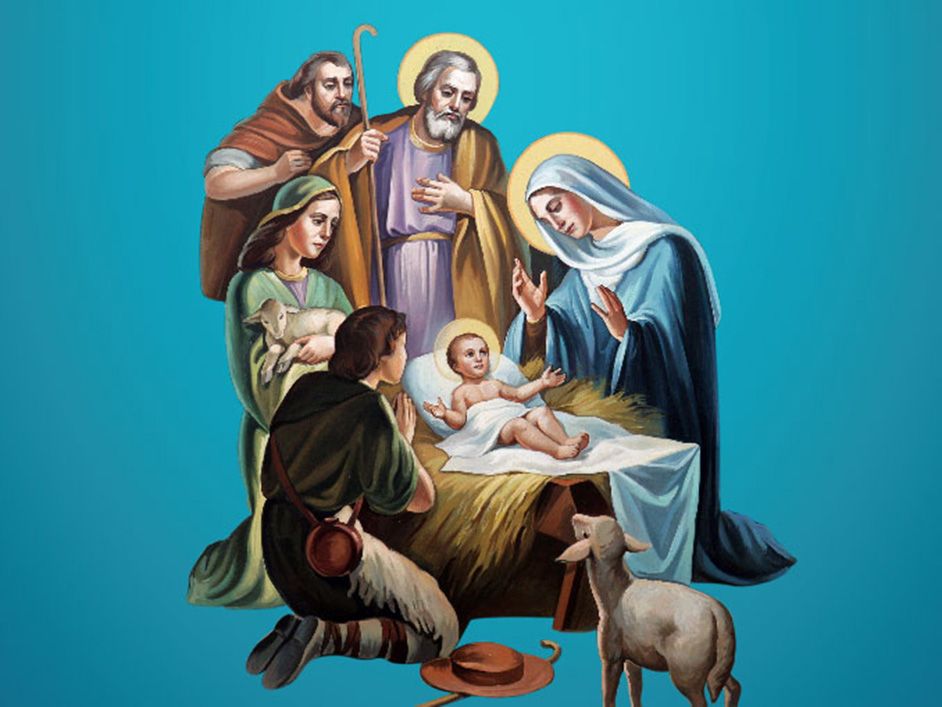We know all about the men apostles. What do we know about the women? As a matter of fact, the initial Resurrection testimony is from the women who surrounded Jesus in His life and at the Crucifixion. The women are the first to experience and proclaim the Resurrection.
THEY HAVE NOT STOPPED
Today, women continue to proclaim the Good News. For one, there are almost a million women religious who minister to the Crucified One around the world. They “embrace the feet of Christ” in hospitals, schools, nursing homes, and social service agencies. Many of their institutions are self-funded, without any assistance from the dioceses. Still, they minister. Still, they serve.
The women somehow find the money for their service. That is not easy. But the Sisters have done it, do it, and will do it, no matter what their personal or corporate situations or finances are. They move out of their own concerns to be the healing presence of Christian ministry to millions of people. These women truly announce that Christ is Risen. Like the women in Matthew’s Resurrection account, they run, fearlessly, to tell the world what they have seen.
But women do much more than simply talk about the Resurrection. More importantly, they live the words of the Resurrection in service to the people of God – in Diakonia. As Pope Francis wrote in his Lenten message, it is the Church’s Diakonia that salves the “wounds that disfigure the face of humanity,” that the message of Christ and the Resurrection truly live on each day.
Pope Francis added that “in the poor and outcast we see Christ’s face; by loving and helping the poor, we love and serve Christ.” The message is clear, but the task can be difficult. Who touches the poor? Who binds their wounds, soothes their sorrows, and meets their physical and emotional needs?
DEACON’S ROLE
In the early Church, the deacon was the bishop’s right arm of charity. As the faithful gathered to celebrate and pray, the deacon received the gifts they brought at the church door. After the Eucharistic celebration, those in need received what they needed from the deacon, who guarded the gifts and treasure of the church community.
In medieval history, the actual ordained diaconate faded to a merely ceremonial office in the Western Church, while it retained its vigor in the Eastern Churches. Not until the Second Vatican Council did the Roman Catholic Church reinvigorate the ministry of service, the formalized, ordained Diakonia of its earliest years.
While it is well-attested that both women and men served in the diaconate in the early Church, the Roman Catholic Church now restricts the diaconate to men as an ordained permanent office. Deacons preach the Word, assist in the liturgy, and minister in charity. Their formal service is often voluntary.
Even though they no longer serve within the diaconate, women truly proclaim the Good News of the Risen Lord by their generous commitment to the Church in their selfless service. Some serve through religious communities, volunteer in widowhood, or live as dedicated single women. One is likely to think of women when the diaconal service is discussed. Women’s work, whether in catechetics, social services, ministry to the sick, or consolation of the mourning, complements the work and ministry of men.
SYMBOLIC MARTYRDOM
Pope Francis dated his Lenten message on December 26, Feast of Saint Stephen, Deacon and Martyr, perhaps to signal the deep connection between service, the diaconate, and actual or figurative martyrdom of all who serve the poorest and the lowest of society. Certainly, the women who leave all else behind to run to announce the Resurrection today risk a symbolic martyrdom, and often risk a real one.
Most of us cannot live in total dedication to announcing the Resurrection. But, when you think of it, there are more than a billion Catholics, who hear that Easter message. Joined with the billion other Christian brothers and sisters, each of us can help listen to and then speak the words of Resurrection.
In this regard, we all need to follow the lead of the women. We need to join together in embracing the feet of Christ. We need to do Him homage. Most of all, if we are to announce the Resurrection, we need to believe the Risen Christ when He tells us not to be afraid.
*Phyllis Zagano is senior research associate-in-residence at Hofstra University and author of several books in Catholic studies.

